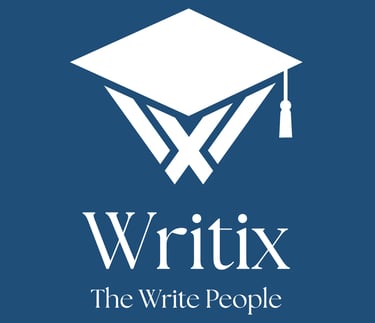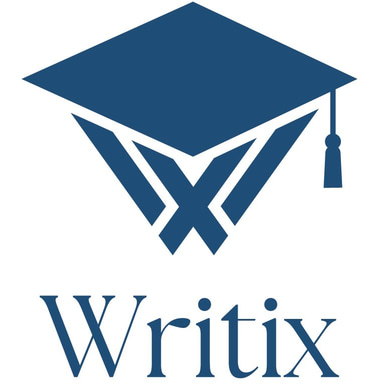How to Translate Complex Medical Research into Investor-Friendly Reports
This blog explores how expert writers translate dense medical research into clear, compelling reports that engage and inform investors while retaining scientific integrity.
TECHNICAL WRITING SERVICES
Dr. Kumkum, P.hD, Medical Biotechnology
7/21/20252 min read


Medical research is often packed with groundbreaking data, innovative methodologies, and highly specialized language. However, for investors especially those without a scientific background complex jargon can obscure value rather than showcase it. This communication gap can hinder funding opportunities and slow down innovation. That’s where technical writing becomes a strategic tool. This blog explores how expert writers translate dense medical research into clear, compelling reports that engage and inform investors while retaining scientific integrity.
Understanding the Investor Audience Investors aren’t peer reviewers.
They’re decision-makers seeking clarity, return on investment, and risk mitigation. They want to know:
What does the research mean?
Why does it matter?
How close is it to commercialization?
What are the potential market and regulatory hurdles?
A technical writer’s first job is to shift perspective from academic detail to investor relevance, without sacrificing accuracy. This means transforming detailed findings into digestible summaries, strategic highlights, and impact-driven messaging.
Stripping the Jargon, Retaining the Science One common pitfall in research-to-investor reports is overuse of field-specific terminology. While it’s important not to oversimplify, writers must balance scientific precision with plain language.
Instead of: "Our Phase IIa randomized, double-blind, placebo-controlled study demonstrated statistically significant improvements in patient-reported outcomes among the 5-HT receptor antagonist group (p<0.001).”
Use: "In our mid-stage clinical trial, patients who received the new treatment reported clear improvements compared to those who did not, with results showing strong statistical support.”
Technical writers trained in medical and scientific content can walk this line skillfully, especially when developing executive summaries, investment memos, or board-facing pitch decks.
Framing Research Outcomes as Business Value To make research investor-ready, outcomes must be reframed as milestones. For example:
Proof of concept = de-risked innovation
Positive pre-clinical data = early traction
Regulatory progress = market viability
An effective technical writer identifies the commercial story within the science. This might involve linking clinical endpoints to market demand, projecting timelines, or aligning findings with FDA or EMA submission pathways. For this, our technical writing for healthcare experts provide deep domain knowledge and communication strategy.
Creating Visuals That Speak Volumes Graphs, infographics, and tables help bridge the comprehension gap. A good report is more than text, it visualizes data trends, clinical phases, safety profiles, and scalability.
Use visuals to:
Compare treatment arms
Highlight unmet needs in the current landscape
Show timeline projections and ROI scenarios
Tools like Canva, BioRender, and Illustrator are often used, but more importantly, it’s the interpretation that counts. Our team offers editing and formatting services that turn raw visuals into polished, investor-grade presentations.
Regulatory Readiness as a Confidence Signal Investors want to know that compliance isn’t an afterthought. Demonstrating awareness of regulatory expectations (FDA/EMA/ISO) reassures stakeholders of project maturity.
Include:
References to trial registration (e.g., ClinicalTrials.gov)
GMP or GLP alignment
Documentation quality (SOPs, protocols, risk assessments)
Real-Life Scenario: From Confusion to Clarity A European biotech firm approached us after failing to secure Series B funding. Their scientific team had created a 60-page technical document loaded with high-impact results—but feedback from investors was: "Too complex, unclear relevance."
We restructured the report to:
Highlight key milestones (animal trial results, patent status)
Replace academic jargon with strategic summaries
Insert clear visuals and a 1-page executive summary
Within two months, they closed a €5M round.
Scientific research is the backbone of biotech success, but storytelling secures the funding. Technical writing bridges the two. Whether you're submitting investor reports, preparing for a funding round, or developing pitch decks, Writix brings scientific accuracy and business clarity together.
Explore our grant proposal writing services or consult our healthcare documentation specialists to ensure your message resonates where it matters most.
Our regulatory writing support ensures that documentation doesn’t just meet internal goals but aligns with external scrutiny.
Address: Writix, Level - 5, The Iconic Corenthum, Tower- C, A-41, Sector 62, Noida, Uttar Pradesh 201301
Phone : +91 9289469111
2025 Thewritix. All Rights Reserved.
Blogs
Social
Research Consultation Services
Journal Publishing Assistance


We Accept

Add On Services
Who we are?
Our Team
